Homemade green tea houseplant fertilizer can help to keep your indoor plants healthy and flourishing.
Instead of throwing out your green tea leaves or tea bags, save them to create a nutritious plant food for your houseplants.
Here’s how to use green tea to fertilize your indoor plants.
This post contains affiliate links. Please read the disclosure for more info.

The reason tea leaves work well for fertilizing indoor plants is because they add essential nutrients like potassium, calcium, magnesium and phosphorus to the potting soil.
The tea leaves break down slowly so your houseplants will have a steady supply of nutrients to help them grow faster and stay healthy.
You can make a homemade liquid fertilizer for indoor plants using green tea or try one of the other methods listed below.
Green tea fertilizer – Not for all plants
Tea contains tannic acid, which lowers the pH level of the soil making it more acidic.
Some houseplants love acidic soil, while others prefer a neutral or slightly alkaline soil.
It’s best to use green tea to fertilize plants that like acidic soil like amaryllis, african violets, ferns, jade plants and christmas cactus.
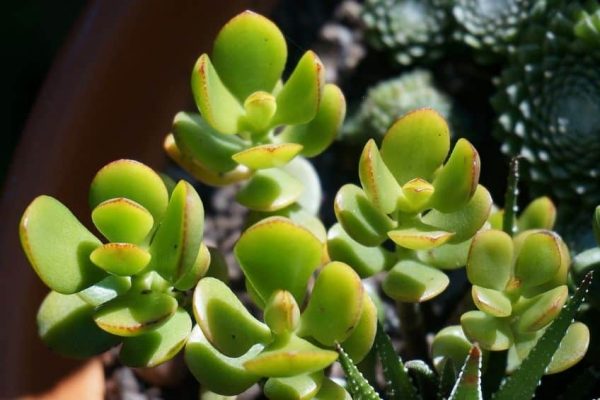
How to use green tea leaves to fertilize your indoor plants
1. Green tea mulch
After you’ve finished brewing your tea, save the tea bag and allow it to cool down.
Open up the teabag and spread a thin layer of tea leaves on top of the potting mix like mulch.
If you use loose leaves to make your tea, just empty the leaves out of the teapot once it’s cooled down and add them to the base of your plants.
2. Green tea liquid fertilizer
An easy and inexpensive way to make a liquid fertilizer is to soak a few used tea bags in water and use the nutrient rich green tea water to water your houseplants.
3. Green tea compost
Another way to utilize green tea for your plants is to add the used tea bags to your indoor compost bin.
A compact compost system like the Bokashi will break down your kitchen scraps, tea bags and coffee grounds in just a couple of weeks.
Once it’s broken down you’re left with a nutrient rich liquid that you can dilute and use to water your houseplants.
It’s best to avoid polyester tea bags if you’re planning to compost them and remove any staples from the tea bags before you put them in the compost bin.
When to fertilize indoor plants with green tea
It’s best to fertilize houseplants during the spring and summer months when they’re actively growing or blooming.
You can use the green tea water every two weeks while the plants are in their active growth phase or whenever you think your plants need a boost.
It’s best not to fertilize plants during the cold winter months when they become dormant.
Effect of caffeine on plant growth
Green tea contains a small amount of caffeine, although certainly much less than coffee. [1]
There have been many studies conducted on the effect of caffeine on plant growth with some studies showing increased plant growth, while others showed that caffeine can cause the plants to wilt and grow more slowly. [2]
The green tea fertilizer methods I’ve described above all use brewed and/or composted tea leaves so the amount of caffeine the leaves contain is very minimal.
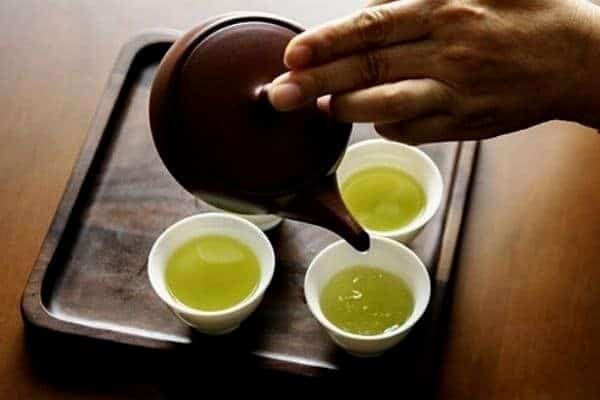
Natural fertilizer made from tea leaves is free and a great way to feed your indoor plants without spending money.
It’s a good idea to combine green tea with other natural fertilizers like eggshells, banana peels or compost tea to ensure that your plants are getting a balanced range of nutrients.
You can read more about homemade fertilizers for indoor plants in this article – 10 Natural Houseplant Fertilizers
So there are my tips for using green tea to fertilize houseplants.
RELATED ARTICLES
- 10 Easy To Propagate Houseplants
- 10 Beautiful Small Indoor Plants
- 10 Colorful Houseplants
- 10 Easy Care Indoor Plants
- 10 Beautiful Striped Houseplants
Have you tried using tea to fertilize your plants? Let me know in the comments below.
Are you on Pinterest? I have boards dedicated to Houseplants and Indoor Gardens that you may enjoy. You can also find me on Facebook.

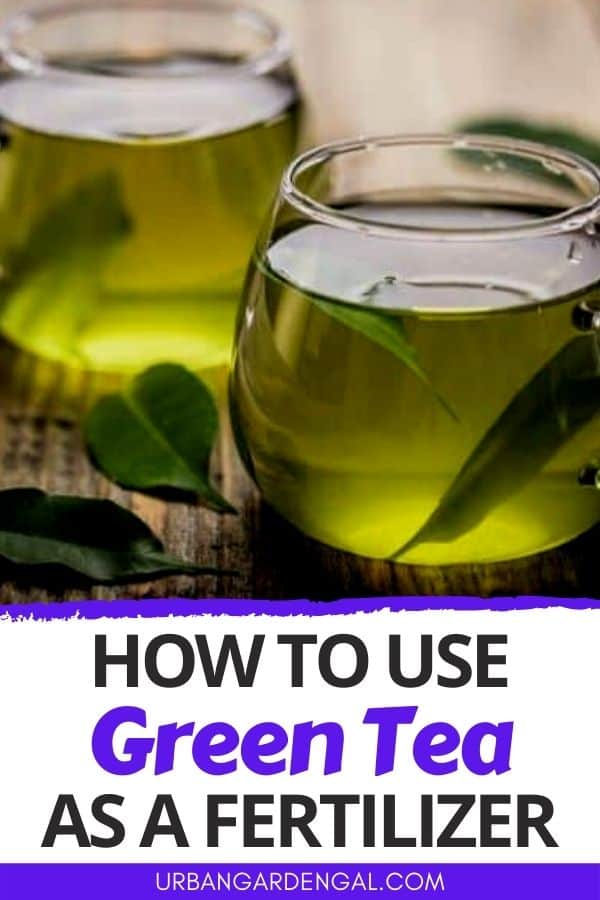
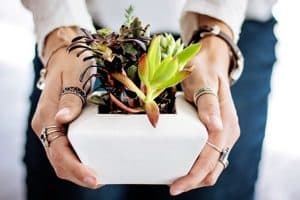
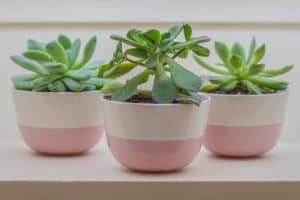


What do I use to fertilize my small succulents. I planted them in cactus dirt.